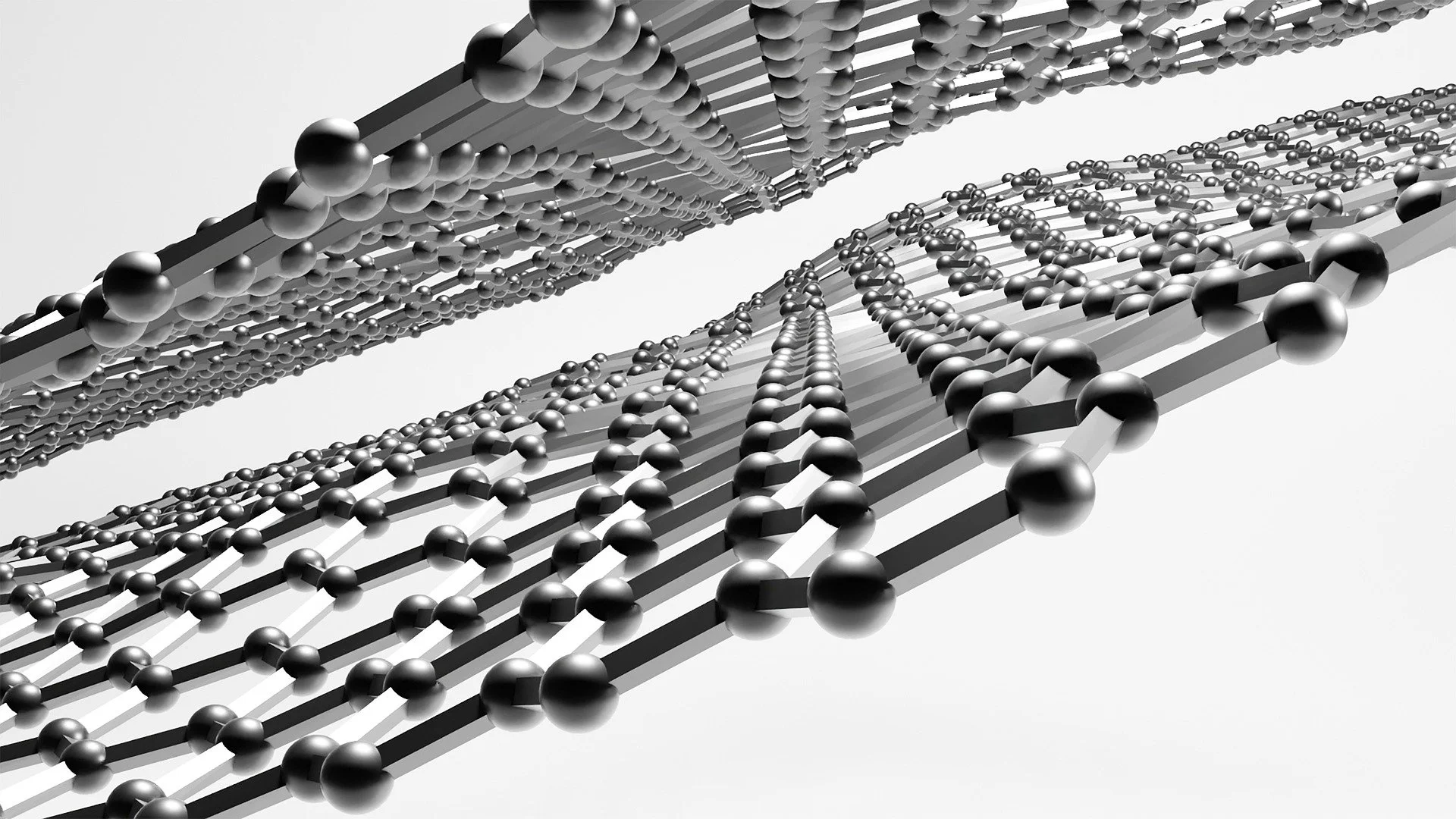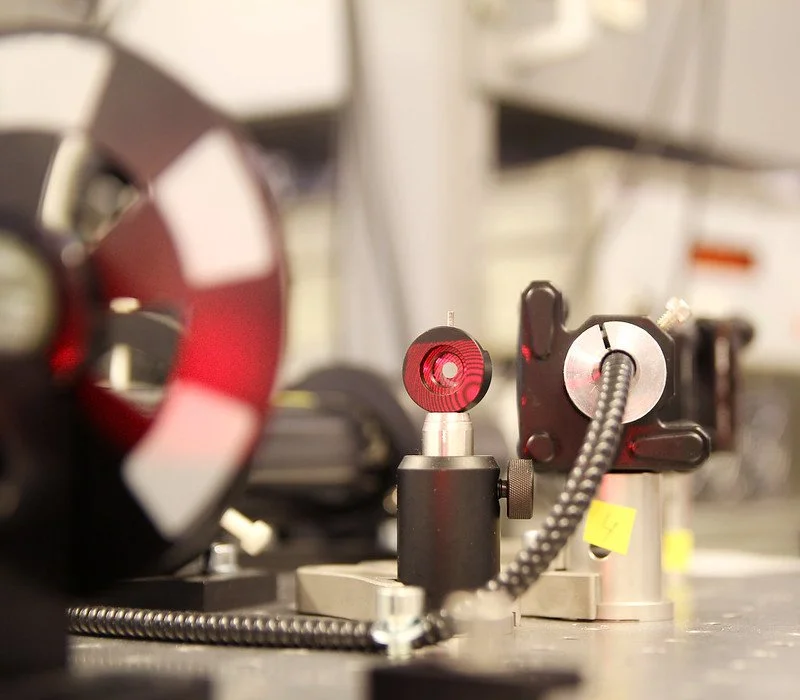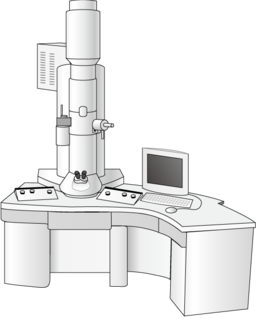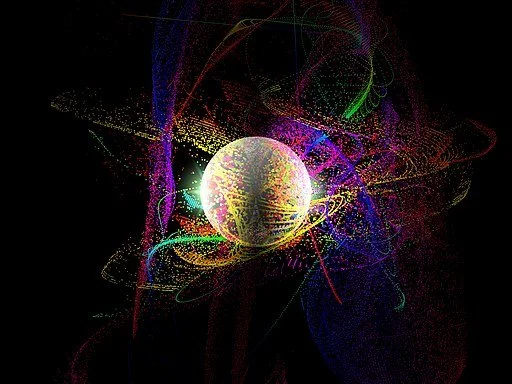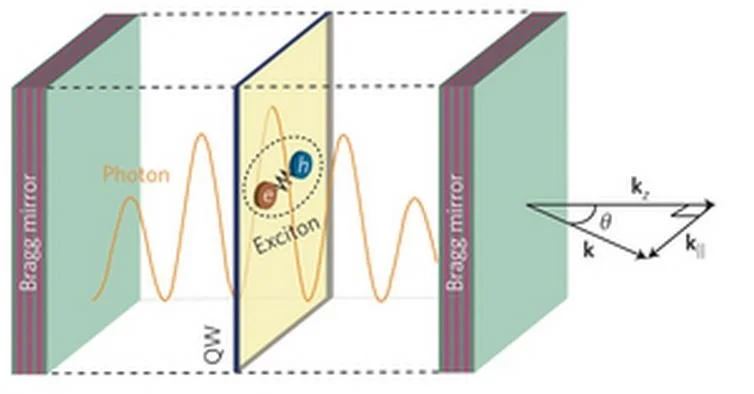2023 Spring Materials Research Society Conference News Articles
I was a new reporter for the Spring 2023 Materials Research Society Conference. Here are the featured articles that I wrote for MRS Meeting Scene:
Credit: "3D Printer" by gonzafoles is licensed under CC BY 2.0.
2023 MRS Communications Lecture
Blair Brettman, Georgia Institute of Technology
Material extrusion additive manufacturing of dense pastes consisting of macroscopic particles
Written by Cullen Walsh
When developing products, we can now easily customize and alter their shape using 3D printing. However, we still have a limited ability to customize the materials that make up 3D-printed products. To address this limitation, Prof. Blair Brettmann at the Georgia Institute of Technology researches the benefits and limitations of an emerging technique known as direct-ink-writing. This is a form of additive manufacturing in which a filament of paste is extruded by a nozzle, layer-by-layer, to form a 3D-printed structure.
Plenary Session Featuring The Fred Kavli Distinguished Lectureship in Materials Science
Kostya Novoselov, National University of Singapore, The University of Manchester
Materials for the future
Written by Cullen Walsh
In his keynote talk, "Materials for the Future," Konstantin Novoselov from the National University of Singapore and the University of Manchester explored what materials of the future will look like and how we will go about producing them. He started his talk by discussing graphene, which he successfully isolated in 2004, resulting in the 2010 Nobel Prize in physics. Since then, graphene has become commonplace in commercial applications, being used in Ford cars for noise cancellation and in Huawei phones for device cooling.
Credit: Free Stock photos by Vecteezy
MRS Award Recipients Lightning Talks and Panel Discussion
George Malliaras, University of Cambridge; Anne Lynn Gillian‐Daniel, University of Wisconsin‐Madison; Luisa Whittaker‐Brooks, University of Utah; Yeonsik Choi, Northwestern University; Qi Qian, University of California, Los Angeles; and moderator: Suveen Mathaudhu, Colorado School of Mines and Pacific Northwest National Laboratory.
Written by Cullen Walsh
At this year's MRS conference, five materials researchers who were named for prestigious MRS awards were invited to give flash talks about their research. This was followed by Q&A with the audience during a panel discussion.
Credit: "Laser Physics Lab" by NTNU, Faculty of Natural Sciences is licensed under CC BY 2.0.
Symposium EL02: Material Innovation Toward Stable Halide Perovskite Electronics
Aaron Lindenberg, Stanford University
Light-induced structural dynamics in the hybrid perovskites — From femtoseconds to seconds
Written by Cullen Walsh
Hybrid perovskites have garnered considerable interest over the past decade for use in high efficiency solar cells. However, upon illumination they tend to degrade, limiting their efficacy. To better understand this photo-induced degradation, Aaron Lindenberg from Stanford University uses the tails of x-ray diffuse scattering Bragg peaks to measure lattice distortions in these materials caused by illumination.
"Transmission electron microscopy (TEM)" by Database Center for Life Science (DBCLS) is licensed under CC BY 3.0.
Symposium EL09: Layered (2D) Optoelectronic Materials and Devices
Joel Martis, Stanford University
Imaging the Electron Charge Density in Monolayer MoS2 using 4D Scanning Transmission Electron Microscopy
Written by Cullen Walsh
Monolayer MoS2 is a versatile platform for optoelectronics and catalysis, being used in transistors, photodetectors, and single-atom catalysts. To better understand these materials, Joel Martis from Stanford University wants to know, “can we directly image the electron charge density at the atomic scale?”
David Xu, Northwestern University
Conversion of Classical Light Emission from a Nanoparticle-Strained WSe2 Monolayer into Quantum Light Emission via Electron Beam Irradiation
Written by Cullen Walsh
Quantum information science solves many classically unsolvable problems. For instance, quantum communication can be used to prevent eavesdropping between conversations. One important structure for achieving these quantum technologies is a single photon emitter. An ideal material platform for these emitters is two-dimensional materials, such as monolayer transition metal dichalcogenides (TMDCs), due to their strong light-matter coupling and strain-dependent optoelectronic properties. However, the origin of single photon emitters in TMDCs is still poorly understood. To better understand these single photon emitters, David Xu from Northwestern University created strained monolayer TMDCs, since strain has been shown to help induce single photon emitters. He then irradiated these samples using an electron beam.
"File:Bound exciton (10857067044).jpg" by UCL Mathematical & Physical Sciences from London, UK is licensed under CC BY 2.0.
Symposium EL09: Layered (2D) Optoelectronic Materials and Devices
Xiao-Xiao Zhang, University of Florida
Interplay of dark trion and dark exciton-polaron in monolayer WSe2
Written by Cullen Walsh
When a semiconductor absorbs light, an electron–hole pair is formed. Due to the opposite charges of the electron and hole, they will feel a coulombic attraction and can form a bound pair, which are called an exciton. These excitons experience particularly high bonding energies in the monolayer due to enhanced confinement and changes in the dielectric environment. What Xiao-Xiao Zhang from the University of Florida wants to know is how these excitons interact with other charge carriers (electrons and holes) and how that interaction changes as the density of charge carriers is increased.
"File:Cavity exciton polariton device.JPG" by Konstantinos Lagoudakis is licensed under CC BY-SA 4.0.
Symposium EL09: Layered (2D) Optoelectronic Materials and Devices
Alexander Tartakovskii, University of Sheffield
Polaritonics and Nano-photonics with van der Waals Materials
Written by Cullen Walsh
Optical cavities allow researchers to control both the light emission and absorption of a material. These cavities can also induce very strong light-matter interactions, resulting in the formation of polaritons, which are part-light-part-matter states. Alexander Tartakovskii from the University of Sheffield studies these cavity-induced polaritons using two-dimensional materials embedded in zero-dimensional micro-cavities.

